Teaching Faith-Based Winter Holidays
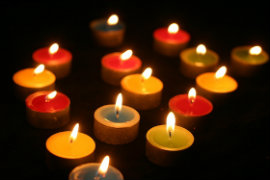
What happens in public schools during the winter holidays can also be the focus of community and legal concerns.
Washington Post education writer Valerie Strauss’s outlines issues in her 2019 article, Can public schools have Christmas trees? What’s true — and not true — about religious expression in public schools. She includes the ideas of Charles C. Haynes.
Helpful guidelines include: Educate, don’t celebrate and develop clear policies. Just because courts have ruled Santa and Christmas trees are secular does not mean members of the community will always find them appropriate for the classroom. Also incorporate a range of holidays throughout the year into the curriculum to broaden children’s understanding of cultures beyond their own.
Learning for Justice from the Southern Poverty Law Center offers tools to bring balance to holiday study here. The nonprofit also offers a 2013 webinar, Addressing the December Dilemma in Schools, which is helpful to teachers who want to encourage students to be tolerant of the variety of faiths present in their classrooms. Additional resources – particularly Unit Four and the Resource Listing – can be used with the webinar or on their own.
Curriculum Collections
Music teacher Peter Siegel offers ways to “avoid controversial topics and still honor a diversity of holiday stories, characters, and rituals as symbols of positive values” in this Edutopia article. Included: seeing light as a motif present in multiple holidays and noting a variety of holidays throughout the year.
EDSITEment from the National Endowment for the Humanities hosts “The Gift of Holiday Traditions: Kwanzaa, Hanukkah, and Christmas” here as well as “Poinsettias, Posadas, Piñatas, Pathways of Light! Holiday Traditions from Mexico” here. Some links are no longer functioning. At History.com find videos and descriptions of Kwanzaa, Hanukkah and Christmas. Some History.com content may not be appropriate for middle graders.
A Multi-faceted Season
America’s cultures from North America and around the world have enriched December with many commemorations that may be shared by some of your students. A starting place for students to learn about the variations in Christmas followed by peoples who have immigrated to America is a series of posts, Christmas Traditions Around the World, by Sarah Toast. Toast’s 2017 series was updated in 2020.
At Larry Ferlazzo’s popular Websites of the Day blog, his collection of Christmas, Hanukkah and Kwanzaa resources is epic in size and includes lots of eye-catching infographics.
You may have Hindu students who celebrate the festival of Pancha Ganapati. In 1985, feeling a need for an alternative to Christmas that emphasized the values of Hindus, Satguru Sivaya Subramuniya swami, an American who helped lead a world-wide Hindu renaissance, created the late-December family festival honoring Ganesha, the elephant-headed god as an adjunct to an ancient month-long celebration. New York City schools has announced that Diwali, the festival of lights celebrated in October or November by Hindus, Jains, Sikhs and some Buddhists, will be added the school holiday calendar in 2024. Diwali was celebrated on Nov. 12, 2023, a Sunday.
The Longest Night
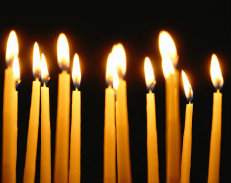
For example, near the beginning of December the Zuni of New Mexico hold the sacred ceremony of Shalako with its long hours of dancing by men in 8-9 foot costumes representing the Kachina, nature spirits. Following tests of physical endurance, the community continues the religious dancing for several days and ends with the Teshkwi, a ten day fast. Since 1990 the Shalako Dance has been closed to non-Indians. Students can learn more about Zuni culture at the Zuni Fact Sheet from the website Native Languages of the Americas, which collects information on hundreds of Amerindian languages and on Native Americans. The site is a non-profit project of Laura Redish and Orrin Lewis.
New Year’s Celebrations around the World
Before the winter holiday break, students can learn about New Year’s Eve and New Year’s Day. With cultures celebrating at various times throughout the year, children can see beyond January 1 to others’ views of the calendar, often but not always linked to religion. For an overview visit Britannica Kids.
The Joy and the Sorrow of “Watch Night”
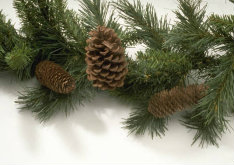
But Watch Night has even deeper roots in the African American experience. Enslaved people waited through the last night of the year to learn the next day how their families would be affected by plantation owners’ book-balancing – deciding which, if any, enslaved people to sell to settle debts in the New Year. Enslaved people contracted by owners to work at other locations often left their plantations on January 1, as well. According to Jameelah Nasheed in a 2020 Teen Vogue article, New Year’s Day was known as HIring Day and Heartbreak Day among the enslaved people.
Fictional TV Celebrations
Students may be curious about recent December holidays created by TV writers and other purveyors of mass culture. In brief, Chrismukkah originated in a 2003 episode of the Fox series, The O.C., to bring together a Protestant/Jewish family.
Festivus, ‘the holiday for the rest of us,’ was a December 23 alternative to Christmas which a Seinfeld writer brought from his own family to the TV screen in 1997. An unadorned aluminum pole replaced the Christmas tree. For details visit this Christian Science Monitor story (which may require an extra click).
Finally, students can reach beyond the solar system to compare Earth-bound holidays to the Wookiees’ Life Day, celebrated first in a 1978 Star Wars holiday special (see here). Have a Merry Life!

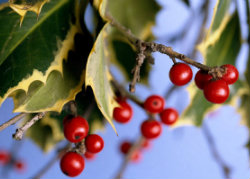
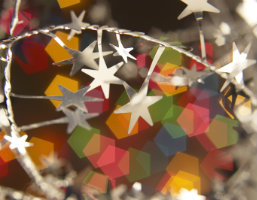














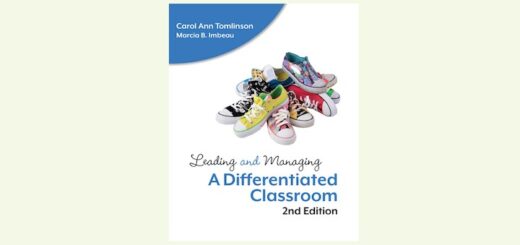
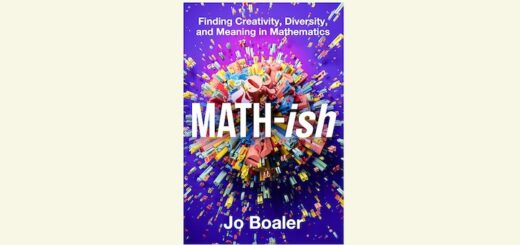
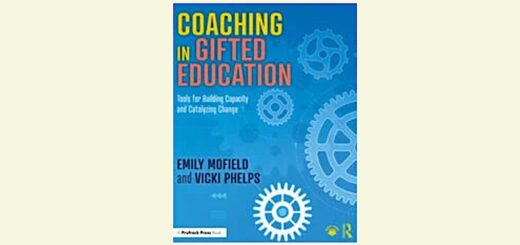
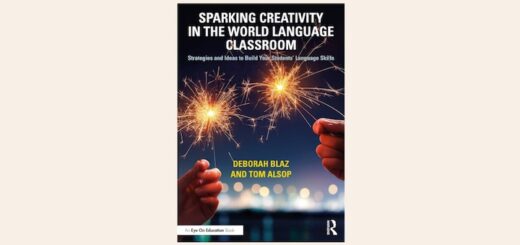
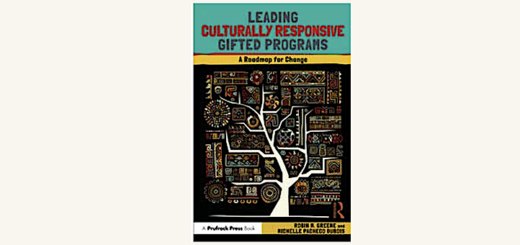
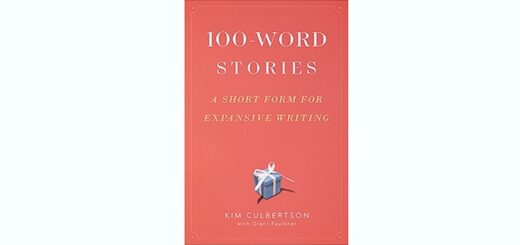
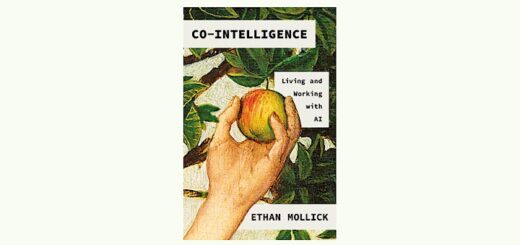
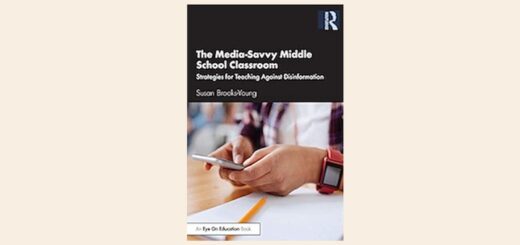
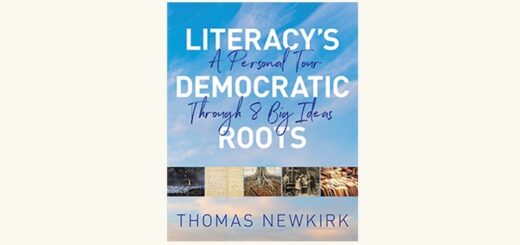
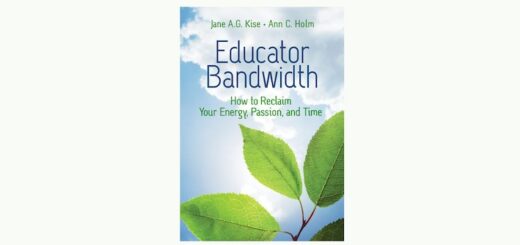
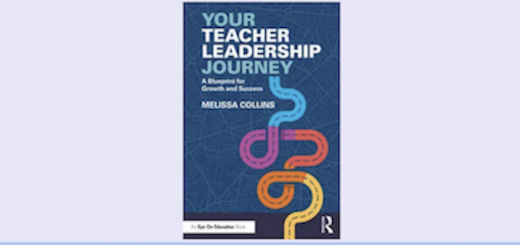
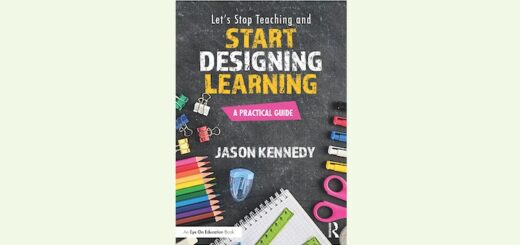
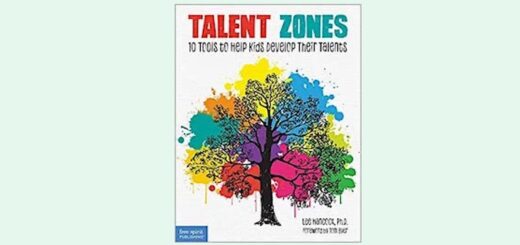
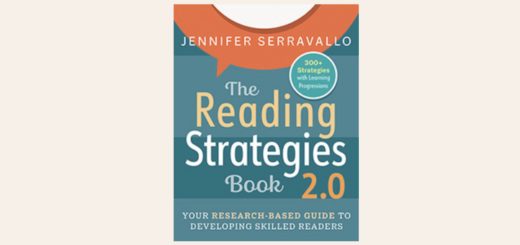
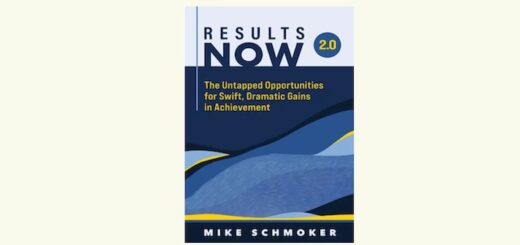
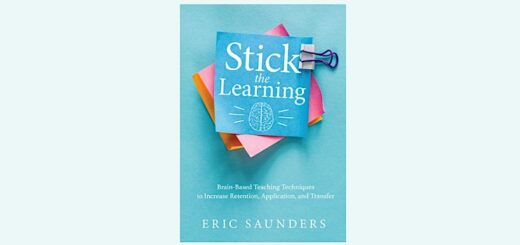
I really appreciate all the links and ideas for the holidays! It is such a fragile subject for many educators but I cant fathom not having some type of celebration throughout the year to recognize all the diversity here in American
Ms. Curtis, Thank you for the notation in this article regarding the EDSITEment resource links. I have corrected and updated them in the feature. Your readers may also be interested in a second holiday feature that EDSITEment has developed,”Poinsettias, Posadas, Piñatas, Pathways of Light! Holiday Traditions from Mexico”: https://edsitement.neh.gov/feature/poinsettias-posadas-pinatas-pathways-light-holiday-traditions-mexico